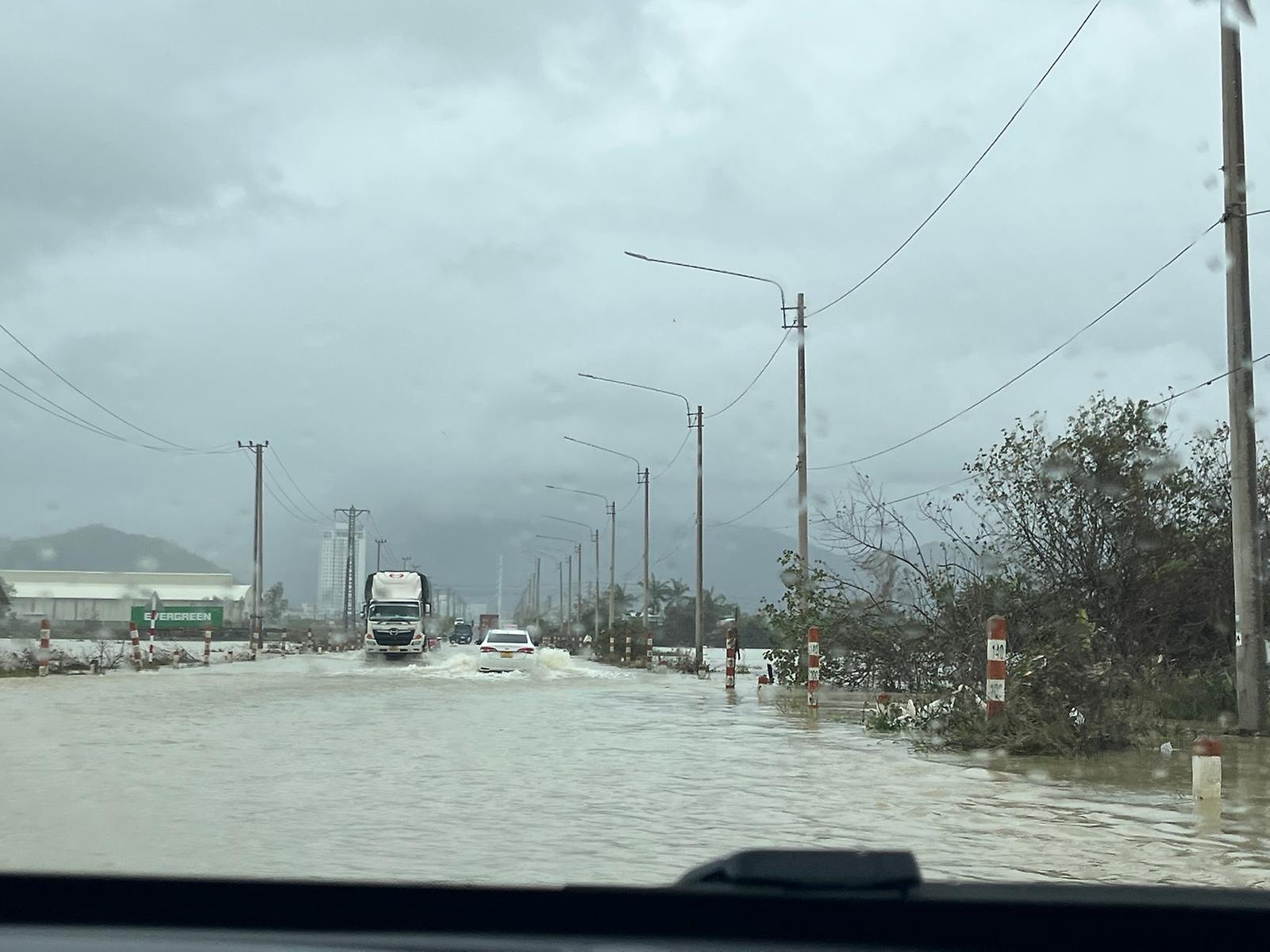Forecasts of river ice break-up for the Lena River unexpectedly accurate on the first attempt
SMHI’s hydrological model seems to have accurately predicted the ice break-up for the Lena River at Yakutsk in eastern Siberia – on the first attempt. The forecasting is made as part of a new project, where researchers from SMHI, together with partners from Russia, Japan and local stakeholders will develop tools to help improve the ability of the local communities to manage climate change.
The Arctic is one of the regions of the earth where climate change is most pronounced. In the Republic of Sakha (Yakutia) in the eastern Siberian area of Russia, the population has traditionally lived on frozen ground along the large rivers. This makes the communities vulnerable to flooding when the ice breaks up in the spring. Large distances, a sparse road network and the lack of bridges across many rivers also contribute to serious consequences for transport and communication when ice conditions worsen as a result of global warming.
“We have recently implemented an improved forecast version of our pan-Arctic hydrological model with the help of local observations of the water level and various ice phenomena from our partners in Yakutia. This helps us follow and predict the water levels, ice growth and ice break-up similar to what we do with the Swedish model for the Torne River,” says David Gustafsson, researcher and project coordinator at SMHI.
Accurate forecasts in Yakutsk – with room for improvement
Together with researchers from the Melnikov Permafrost Institute in Yakutsk External link., SMHI’s researchers forecasted the ice break-up for the Lena River at Yakutsk, the largest city in Yakutia. On Friday 7 May the model showed that ice break-up would occur on Sunday, with a probability interval of Saturday-Wednesday.
External link., SMHI’s researchers forecasted the ice break-up for the Lena River at Yakutsk, the largest city in Yakutia. On Friday 7 May the model showed that ice break-up would occur on Sunday, with a probability interval of Saturday-Wednesday.
“On Monday morning we received information from our partner at the location that the ice on the Lena had broken up just above Yakutsk, where they have a web camera. It was a fantastic feeling that we had managed to predict the ice break-up so well for the first time. At the same time we can see that we still have some larger systematic errors in the forecasts in other parts of the area, so we are now working on improving the model ready for next year’s ice break-up,” says David Gustafsson.
On Wednesday 13 May an ice jam developed in Kangalassy, which is a narrow section of the river downstream of Yakutsk, causing floods in the city.
“Ice jam risk is currently not predicted with our model, but the information about ice break-up and stream flow conditions are valuable inputs to the ice jam risk assessment,” says David Gustafsson.
Strengthening community capability
The forecast for the ice break-up was made within the HYPE-ERAS project. This is a project that combines knowledge about the environment and the community to strengthen the capability to manage and adjust to the effects of climate change on the community and the natural habitat – so-called resilience – in Arctic and sub-Arctic areas of Yakutia.
The project will improve knowledge about the changes in water flow in the river, ice formation and permafrost, and the way it affects the challenges facing the community in the form of flooding, durability of the ice roads, and loss of farming land. Its cross-scientific perspective will also study local and regional economy, farming, traditional lifestyles and cultural landscapes. The aim is to increase the ability to manage and adjust to climate changes.

